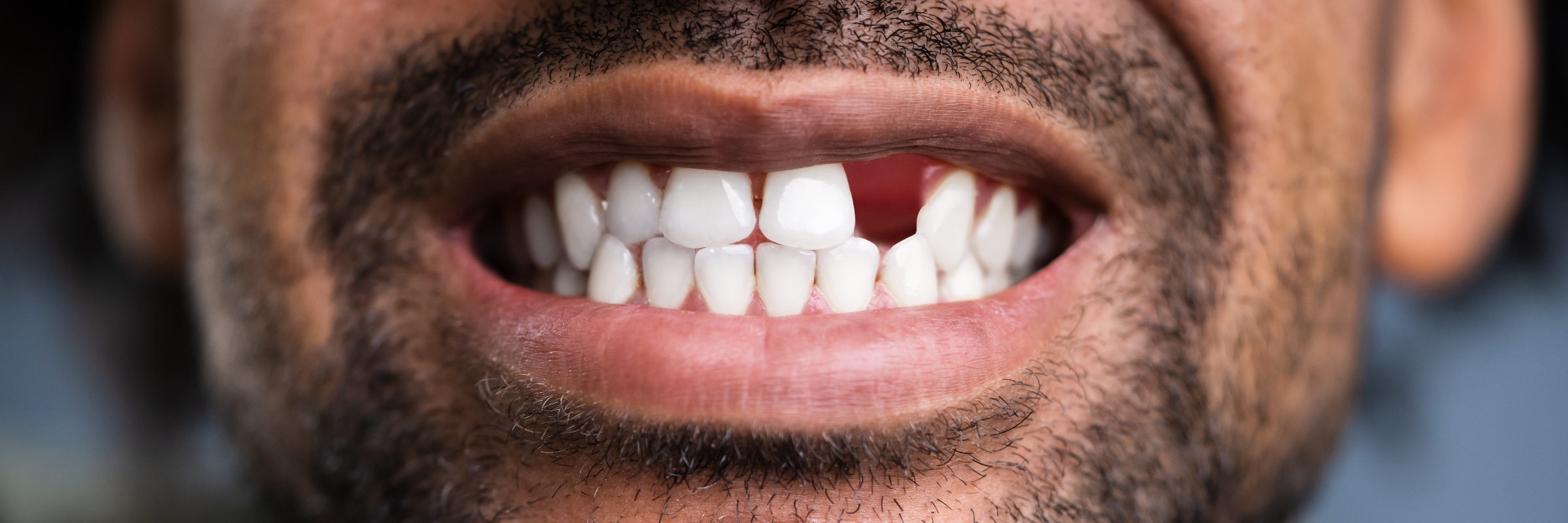Dentures in detail, Part 2: Bridges
Basically, teeth that are replaced by a bridge are also crowns. The difference is in the construction: Between two intact teeth, a bridge is stretched to which the crown is attached. The two healthy teeth are practically considered as supporting pillars, which fasten the crown.
Bridges are not limited to a single tooth to be replaced, but can replace multiple teeth. Again, the patient has the choice between different systems and materials:
Inlay bridges:
The bridge is not attached to existing crowns or teeth, but to inlays - ie fillings - adjacent teeth. The advantage is the absence of grinding of the adjacent teeth, since the attachment only takes place on the fillings. The disadvantage, however, is the fact that the fillings can become loose over time. Also, the bridge has no more support and will fall out.
Free-end bridges:
If only a single tooth is missing at the end of a row of teeth, these bridges are ideal. The attachment of the crown then takes place only on the two last still healthy teeth. The disadvantages are the low stability at high pressure and the possibly high load for the two intact support teeth. An implant is often better.
Adhesive bridges:
Compared to fixed bridges, this bridge adheres to the healthy teeth while protecting the teeth, but it lacks stability. They are often used for the front teeth and a grinding of the surrounding teeth is almost completely eliminated. Durability is not overly long at about five years old. Dentists also use bridges in different metals or in full ceramic models.




